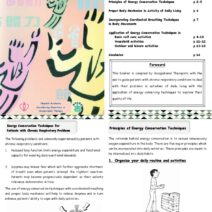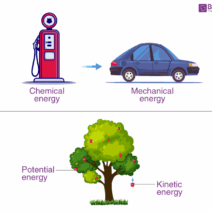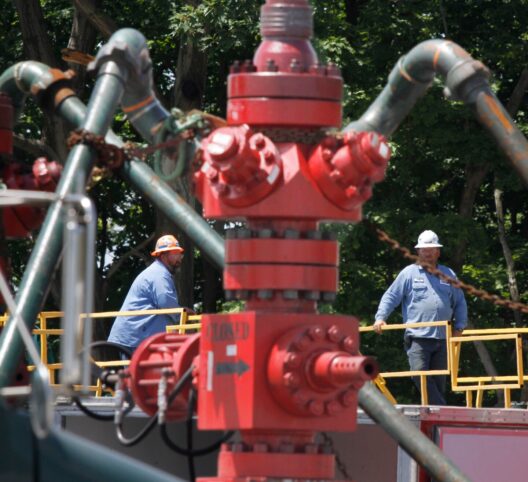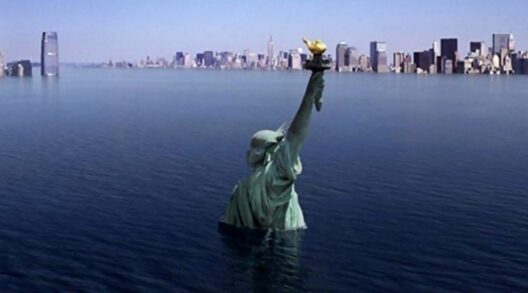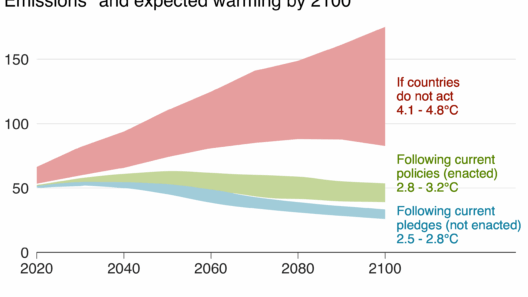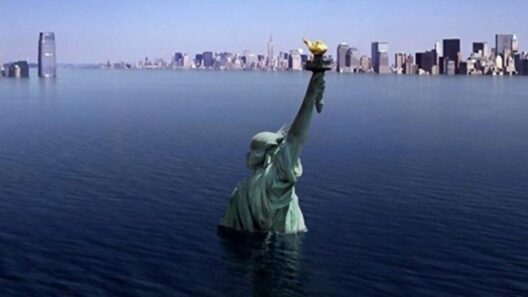Indonesia, an archipelagic nation of over 17,000 islands, is profoundly impacted by the dual challenges of economic development and climate change. As one of the world’s largest emitters of greenhouse gases, closely tied to its deforestation rates and reliance on fossil fuels, Indonesia’s economic strategies are at a critical juncture. The complexities of navigating these environmental challenges are compelling, not just for Indonesia but for global stakeholders invested in sustainable development.
The country’s economic climate is inextricably linked to its natural resources. Indonesia boasts rich biodiversity and vast reserves of minerals and fossil fuels which have historically fueled its economic expansion. However, reliance on these resources often undermines environmental stability, leading to significant ecological degradation. This paradox of wealth generation versus environmental conservation creates an urgent necessity for reform. The common observation that economic growth comes at the expense of nature is particularly pronounced in Indonesia, where rampant deforestation has given way to large palm oil plantations and mining operations, exacerbating climate change impacts.
Moreover, the intimate relationship between climate change and Indonesia’s maritime geography cannot be overlooked. With thousands of islands spread across the equator, Indonesia faces increasing threats from rising sea levels, intensified storm patterns, and coastal erosion. For instance, Jakarta, the nation’s capital, is among the fastest sinking cities globally, primarily due to groundwater extraction and the compounded effects of climate change. Addressing these vulnerabilities requires not only innovative economic strategies but also adaptive responses to mitigate the catastrophe already looming on the horizon.
One must also consider the socio-economic dimensions at play. A significant portion of Indonesia’s population depends on agriculture, fisheries, and forestry for their livelihoods. These sectors are highly susceptible to climate variability. For farmers, erratic weather patterns disrupt planting seasons and threaten crop yields, while fishers face declining stocks as ocean temperatures rise and ecosystems shift. This relationship between poverty and environmental degradation highlights the often-overlooked imperative of economic resilience in climate adaptation strategies.
Furthermore, Indonesia’s commitment to decreasing carbon emissions by 29% by 2030, compared to a business-as-usual scenario, demonstrates its awareness of these pressing challenges. To achieve this target, the government has embarked on a series of initiatives aimed at bolstering renewable energy, reforestation efforts, and sustainable land management. The shift towards renewable sources such as solar, wind, and geothermal energy harnesses the archipelago’s inherent geographical advantages, representing a significant stride toward a more sustainable economic framework.
However, the path toward sustainability is fraught with obstacles. Corruption remains a pervasive issue that hampers effective governance, undermining environmental regulations and sustainable practices. In some instances, laws designed to protect forested areas are poorly enforced, allowing illegal logging and land conversion to persist unchecked. Mitigating these ingrained challenges requires a concerted effort from civil society, the private sector, and international partners to promote transparent regulations and accountability.
Indonesia’s international partnerships also play a pivotal role in its climate strategies. Active participation in global climate agreements, such as the Paris Accord, underscores the country’s recognition of its place on the world stage. Collaborative initiatives provide access to funding and technical support, essential for transitioning to green technologies and sustainable practices. Additionally, these partnerships can facilitate knowledge exchange, helping countries like Indonesia learn from global best practices regarding climate adaptation and resilience.
Public awareness and grassroots movements are equally critical in effecting change. Citizens are increasingly vocal about environmental issues, catalyzing grassroots initiatives that promote sustainable agriculture, waste reduction, and reforestation. The burgeoning environmental consciousness among Indonesia’s youth signals a transformative potential within the societal fabric. Their advocacy not only pressures the government to enact stricter environmental protections but also promotes a culture of sustainability among community members and local businesses.
It is imperative to recognize that Indonesia’s future economic climate will not thrive in an isolated vacuum but rather must embrace a holistic approach that incorporates ecological balance and social equity. As the country grapples with the ramifications of climate change, the need for an integrated sustainable development framework becomes even more evident. By pioneering eco-friendly business practices, investing in clean technologies, and championing environmental stewardship, Indonesia can forge a resilient economic path that safeguards both its prosperity and its natural heritage.
In conclusion, navigating the complex interplay between Indonesia’s economic aspirations and the exigencies of global warming presents a formidable challenge. Yet, within this challenge lies the opportunity for innovation, leadership, and transformation. The future of Indonesia hangs in the balance, straddling between the promise of economic growth and the urgent necessity for ecological stewardship. Addressing this dichotomy requires a multifaceted approach, cultivating resilience, inclusivity, and sustainability that could potentially serve as a beacon for other nations facing similar dilemmas in the ever-evolving landscape of climate change.
